(1036 products available)






























































































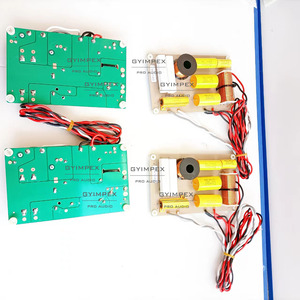
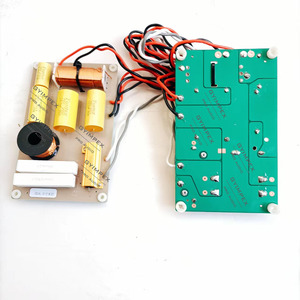
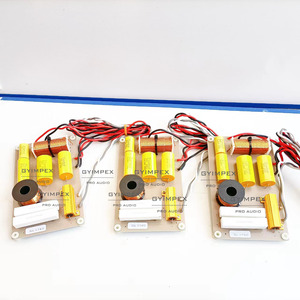
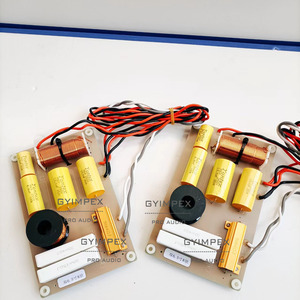
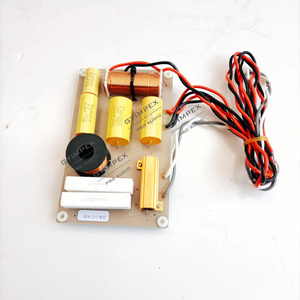


















































































Speaker crossover networks are essential components in audio systems that help in dividing the audio frequency signal into different bands, directing each band to the relevant speaker driver. This results in a more balanced and accurate sound reproduction. The speaker crossover network plays a crucial role in ensuring that each speaker receives the frequencies it is designed to handle, thus enhancing the overall audio quality.
There are primarily two types of speaker crossover networks: two-way crossover networks and three-way speaker crossovers. Two-way crossovers split the audio signal into two parts for routing to the woofer and tweeter, while three-way crossovers divide the signal into three parts for the woofer, midrange, and tweeter, offering more precise frequency control.
When looking at speaker crossover networks, it is essential to consider factors such as crossover frequency, slope, and impedance. The crossover frequency determines the point at which the signal is divided between drivers, while the slope indicates how quickly the signal is attenuated beyond the crossover point. Impedance matching is crucial for ensuring optimal power transfer between the amplifier and speakers.
Modern speaker crossover networks come with advanced design features to enhance audio performance. These may include high-quality capacitors and inductors for accurate signal processing, as well as impedance compensation circuits to maintain a consistent load on the amplifier. Additionally, some crossovers offer adjustable settings to fine-tune the sound output based on room acoustics and personal preferences.
When selecting a speaker crossover network for your audio system, it is crucial to match the crossover specifications with the impedance and power handling capabilities of your speakers. Consider the frequency response range of your speakers and choose a crossover that complements these specifications to achieve a balanced sound output across all frequencies.
For systems that include subwoofers, integrating a subwoofer crossover network is essential to ensure that low-frequency signals are directed to the subwoofer for deep bass reproduction. By incorporating a subwoofer crossover along with the main speaker crossover, you can create a seamless audio experience with a full range of frequencies.
JBL is renowned for its high-quality audio products, including JBL crossover networks that are designed to deliver exceptional sound performance. By integrating JBL crossovers into your audio setup, you can benefit from precise frequency control, minimal signal distortion, and enhanced clarity across the entire audio spectrum.
In addition to traditional crossovers, speaker dividing networks offer a unique approach to sound distribution by dividing the audio signal based on different frequency ranges and directing them to specialized speaker units. This specialized division ensures that each speaker receives the frequencies it can reproduce most efficiently, resulting in a more accurate and immersive listening experience.
Recent advancements in crossover network technology have led to the development of digital crossovers that utilize digital signal processing (DSP) algorithms to precisely control the audio signal division. Digital crossovers offer greater flexibility in adjusting crossover points and slopes, allowing for more customized sound shaping and optimization based on specific audio requirements.
As audio technology continues to evolve, the future of speaker crossover networks is likely to see further integration of smart features such as automatic room calibration, wireless connectivity for seamless audio streaming, and AI-driven sound optimization. These advancements aim to provide users with a more immersive and personalized audio experience tailored to their preferences.